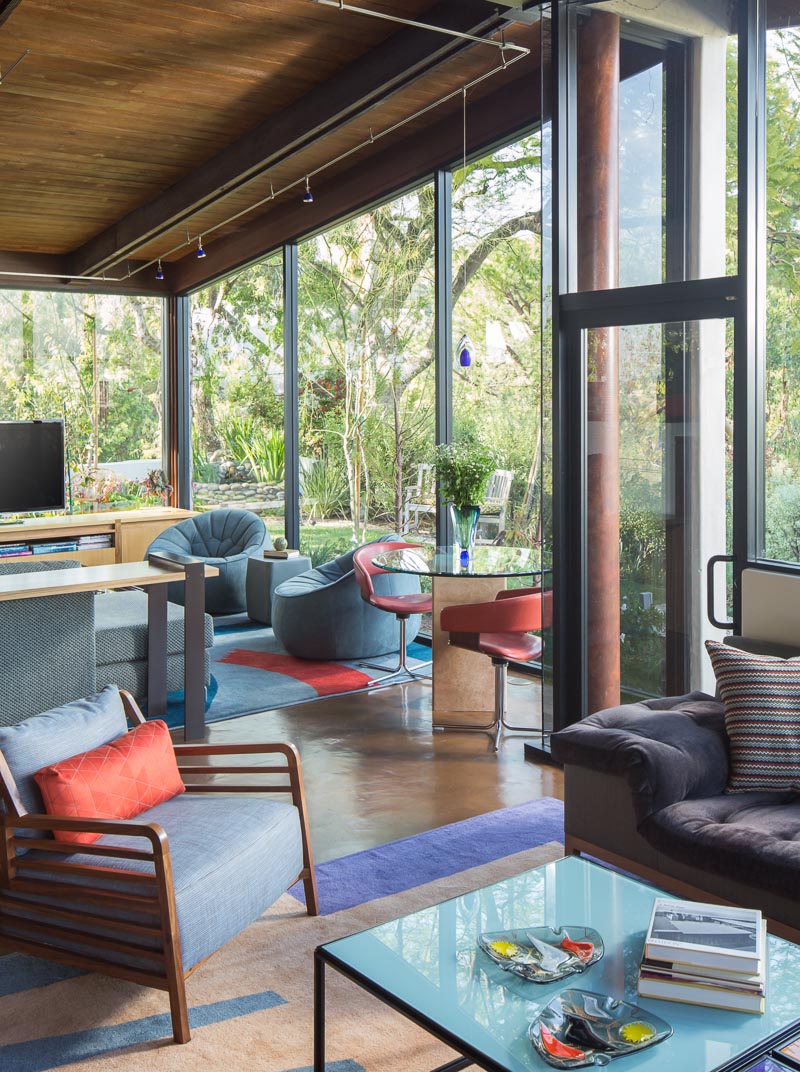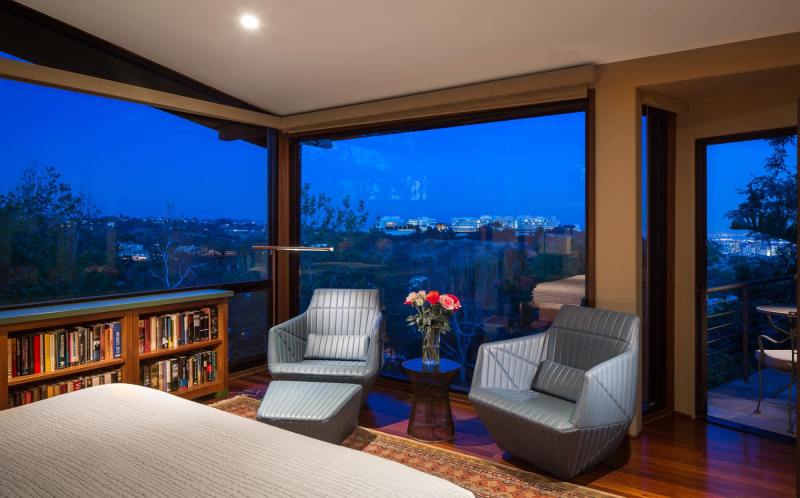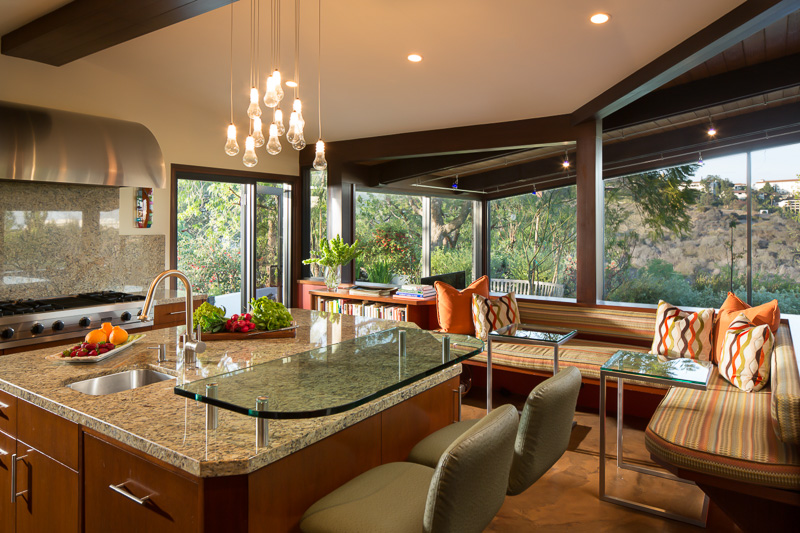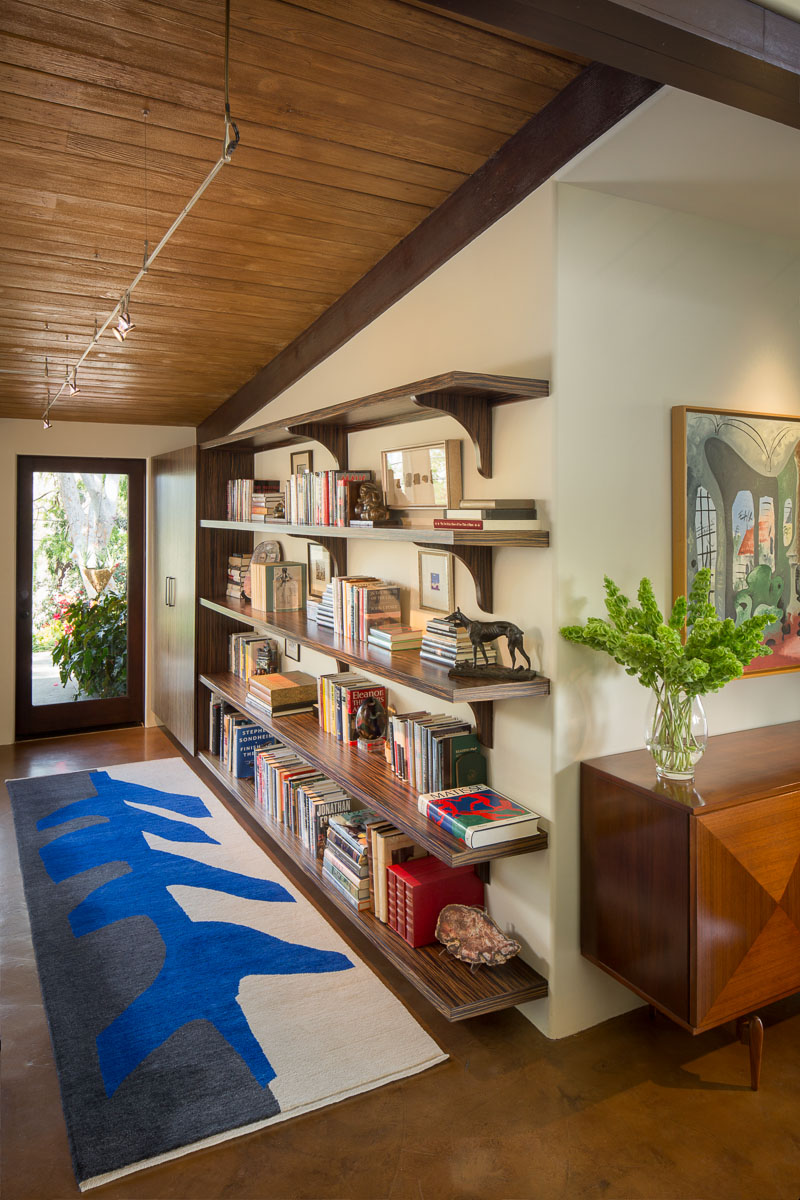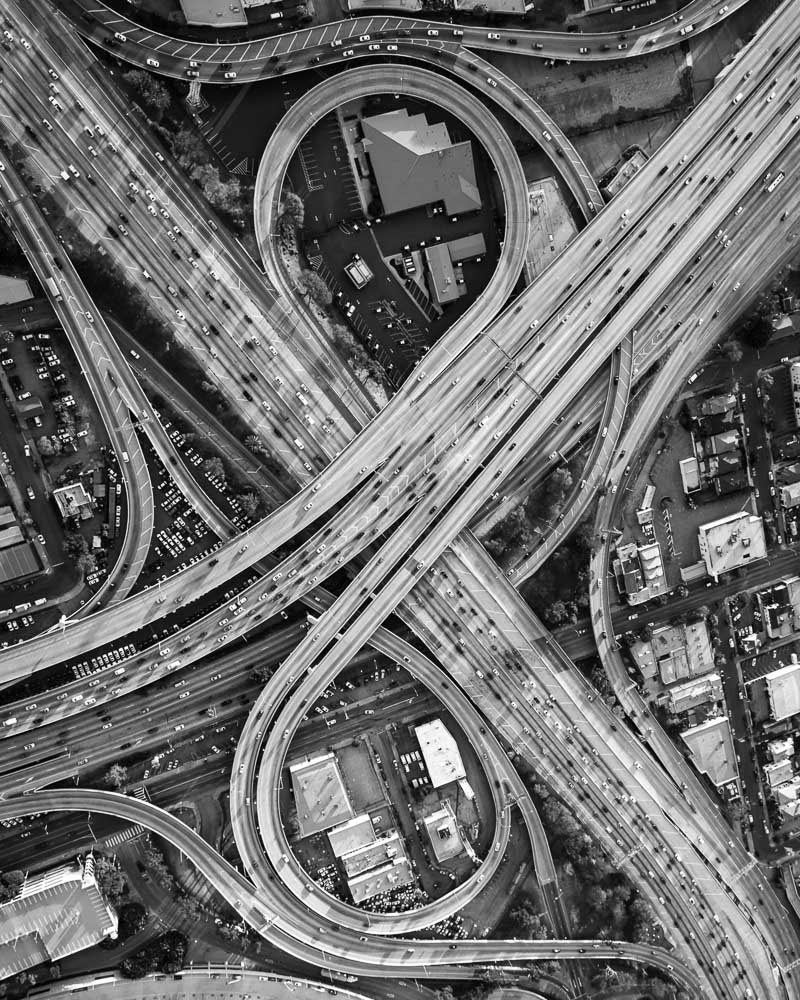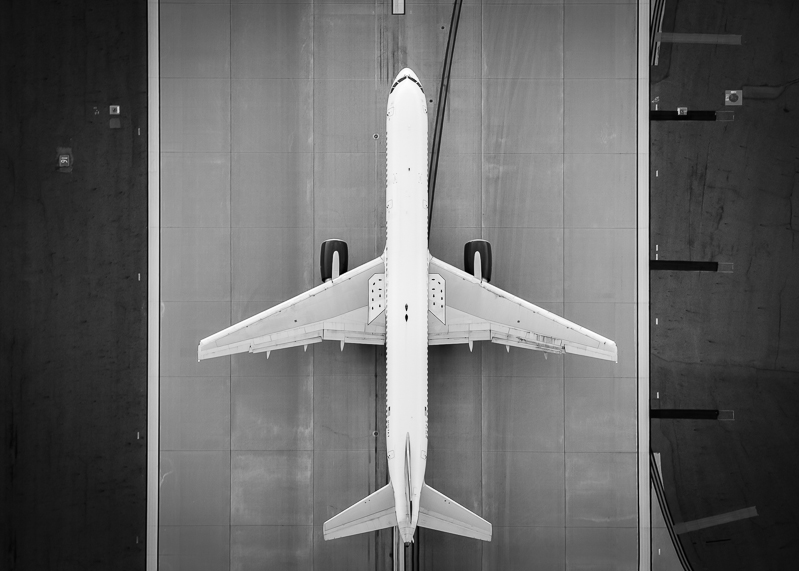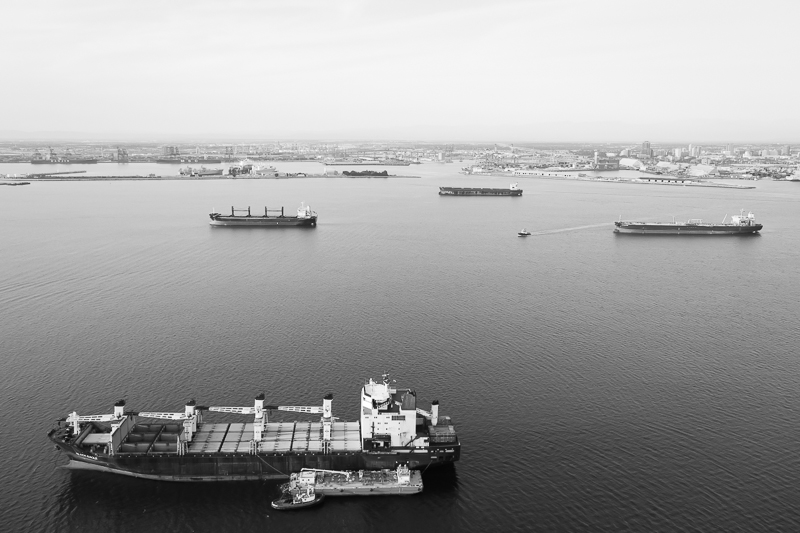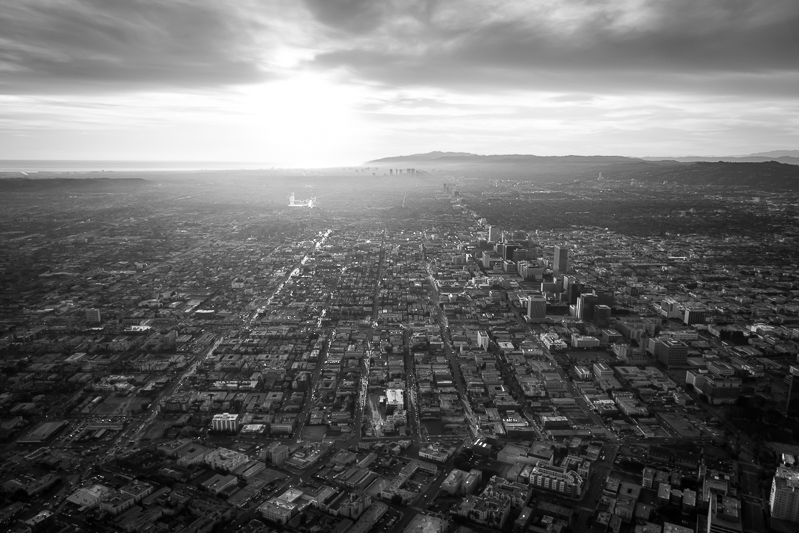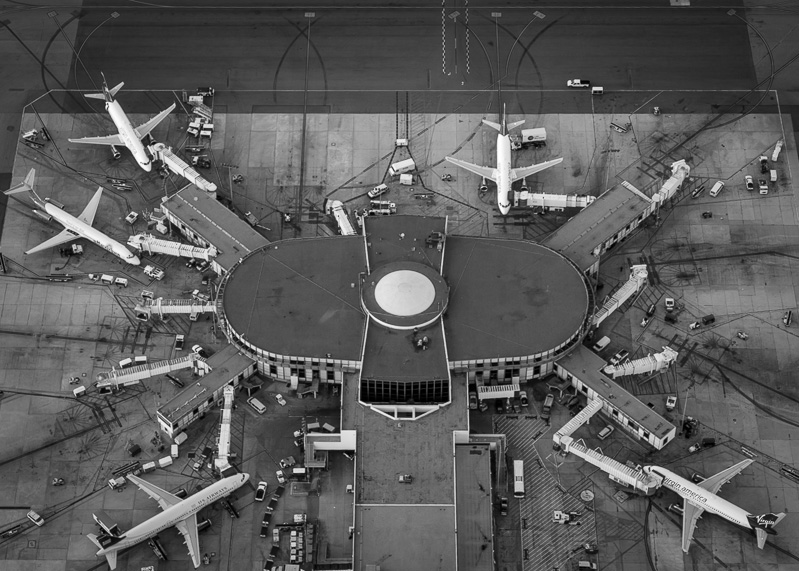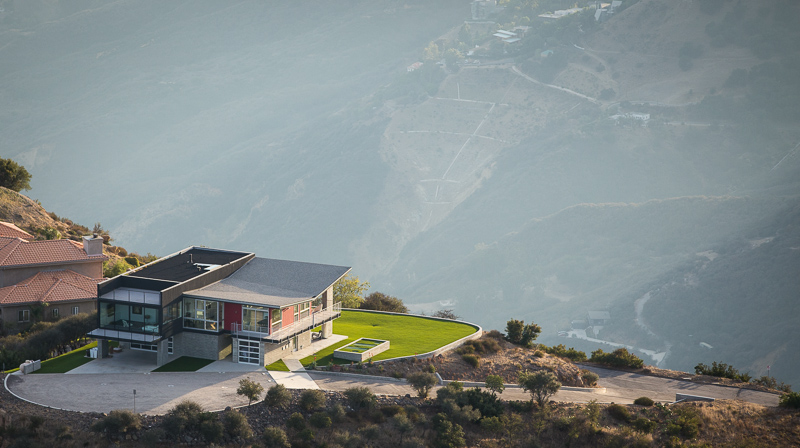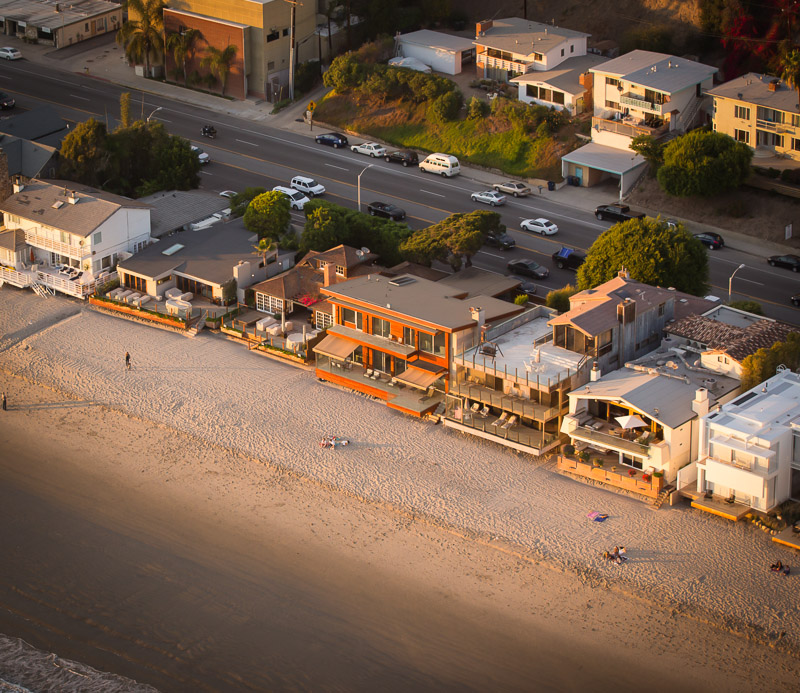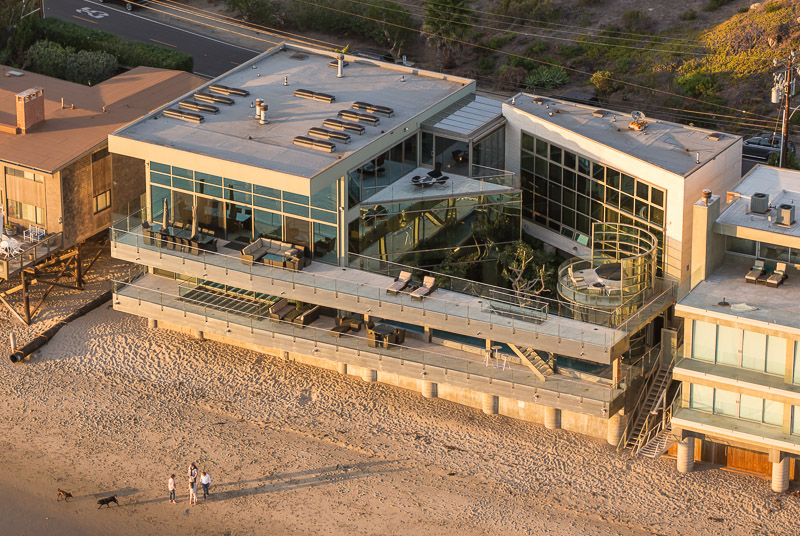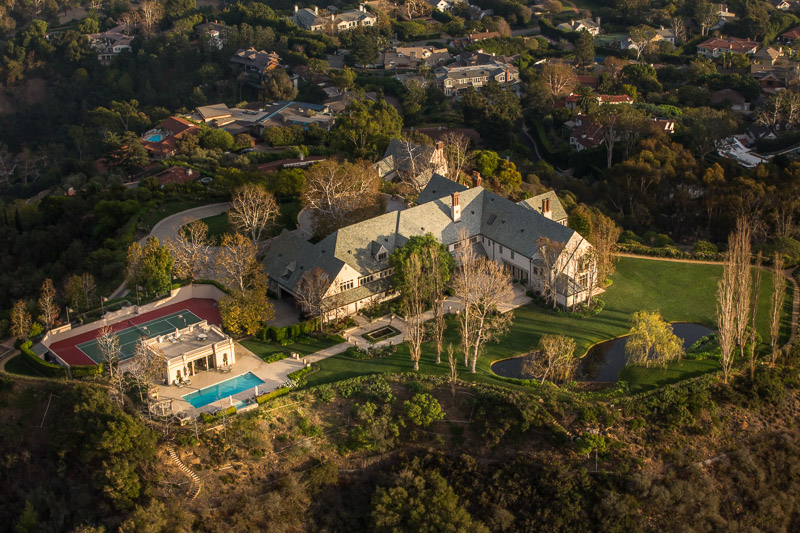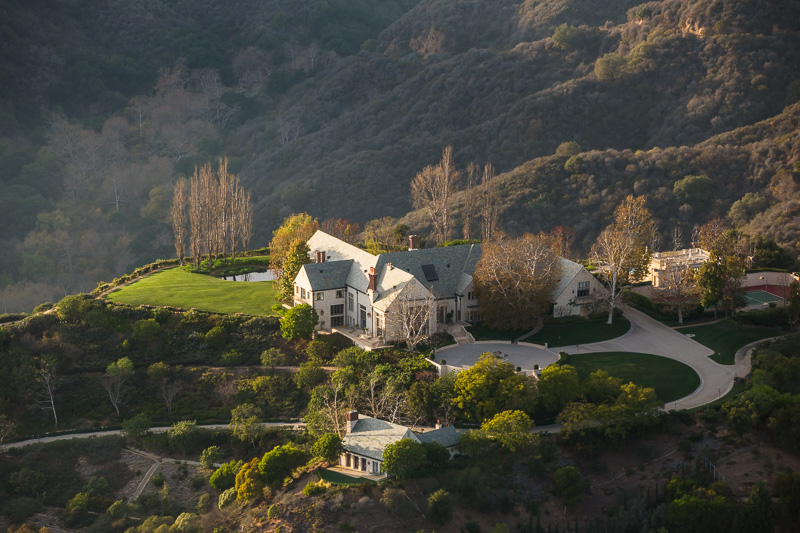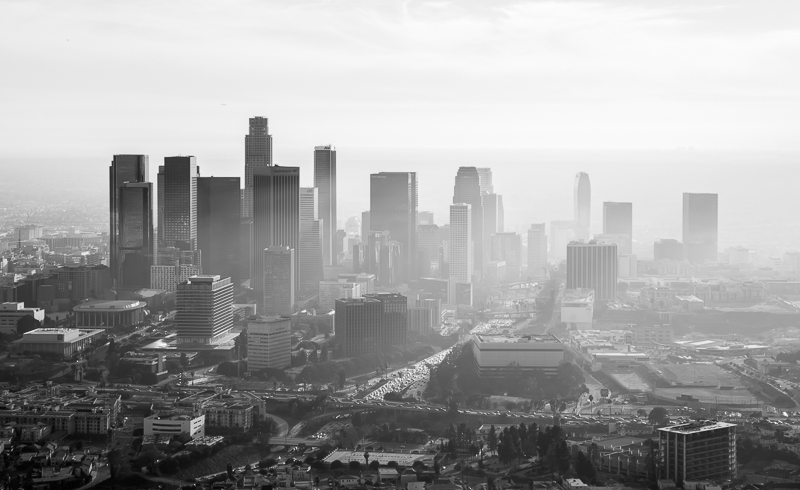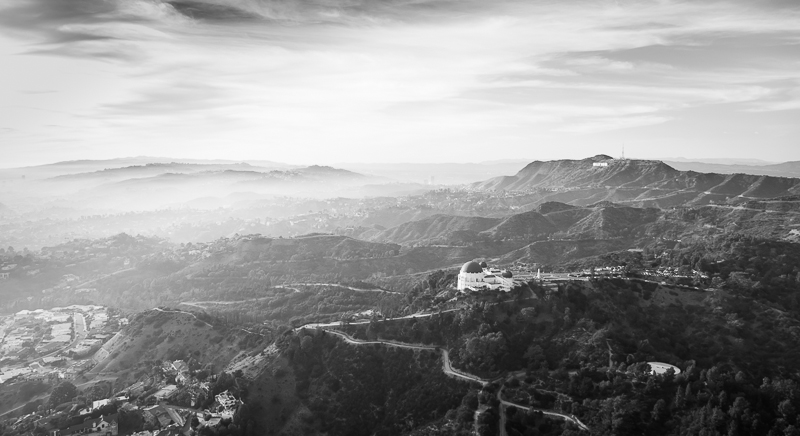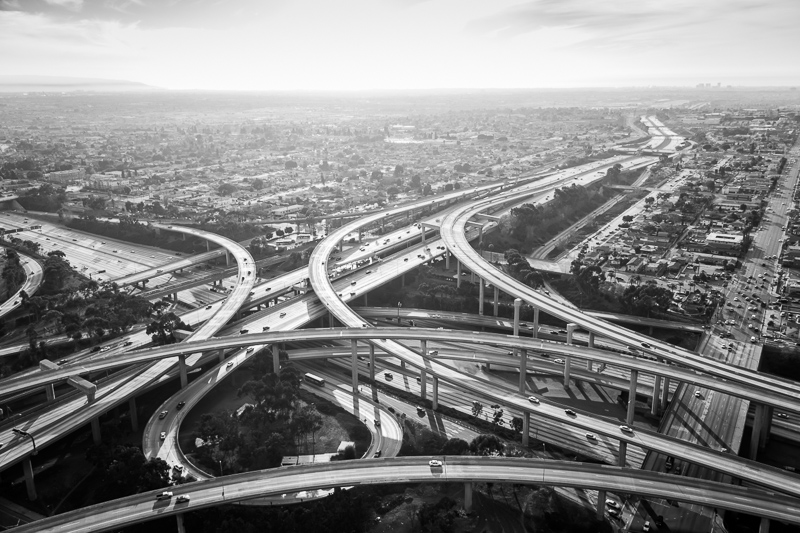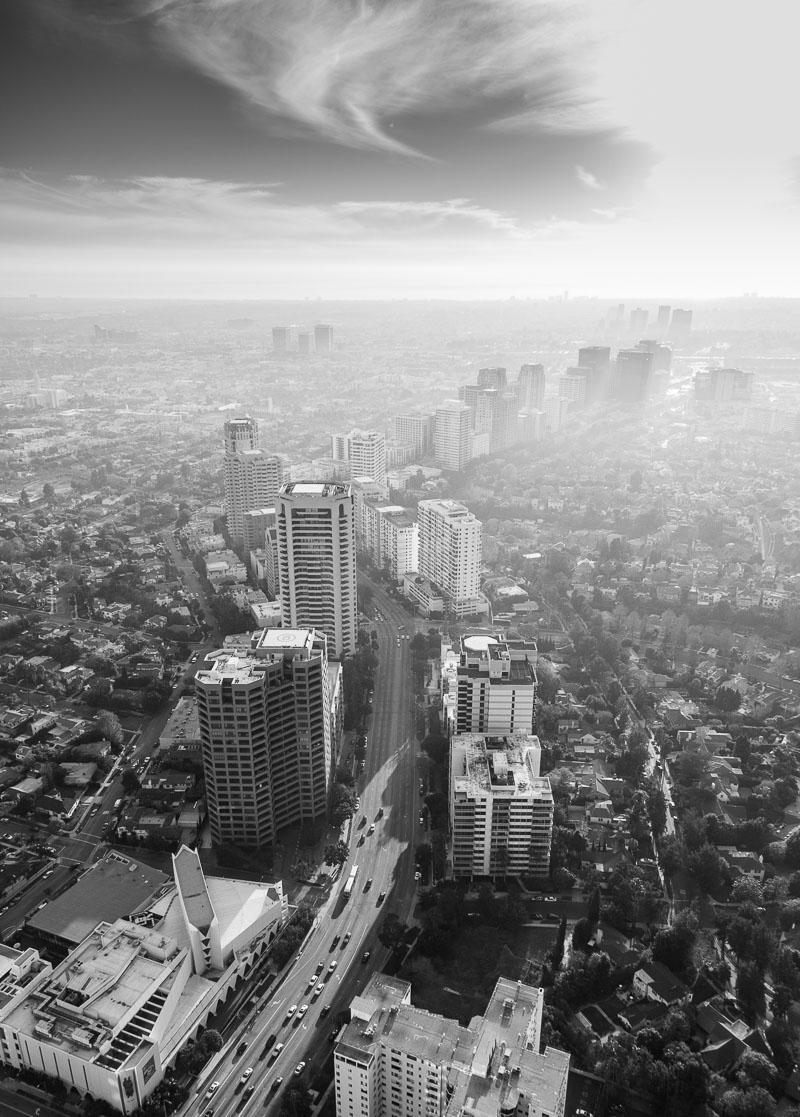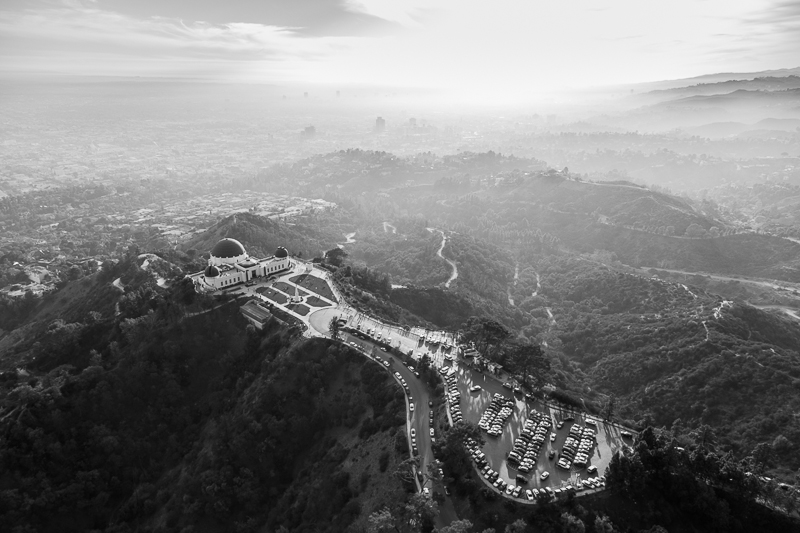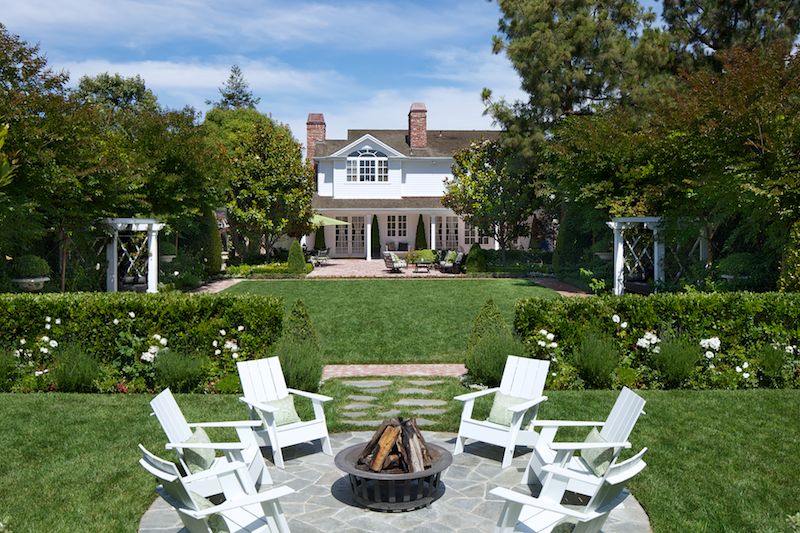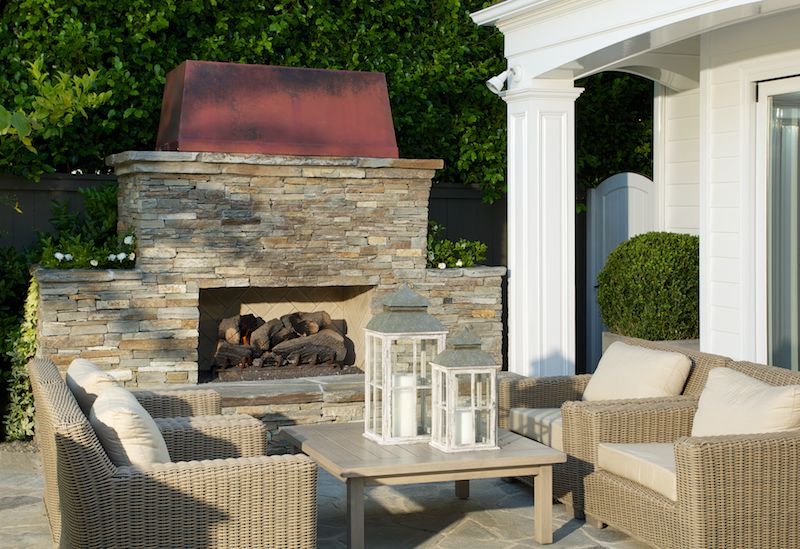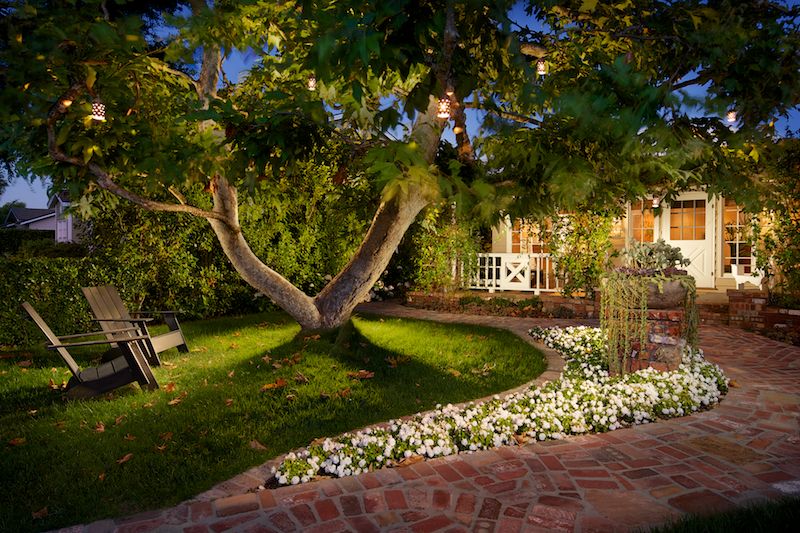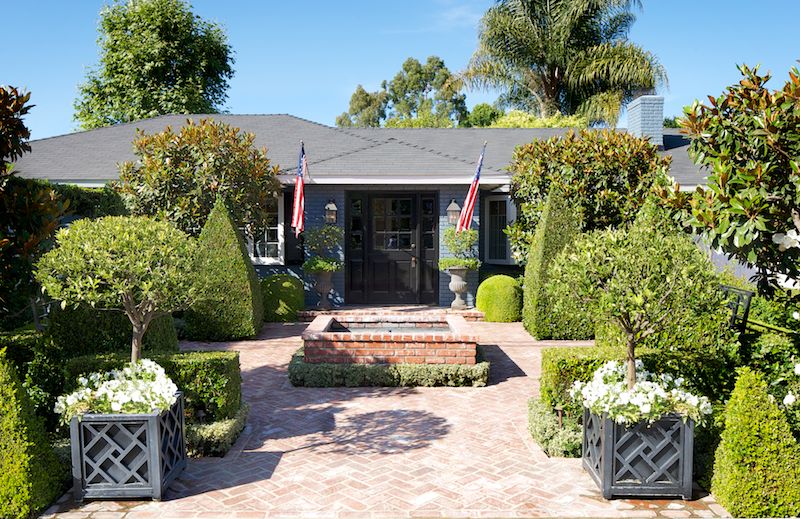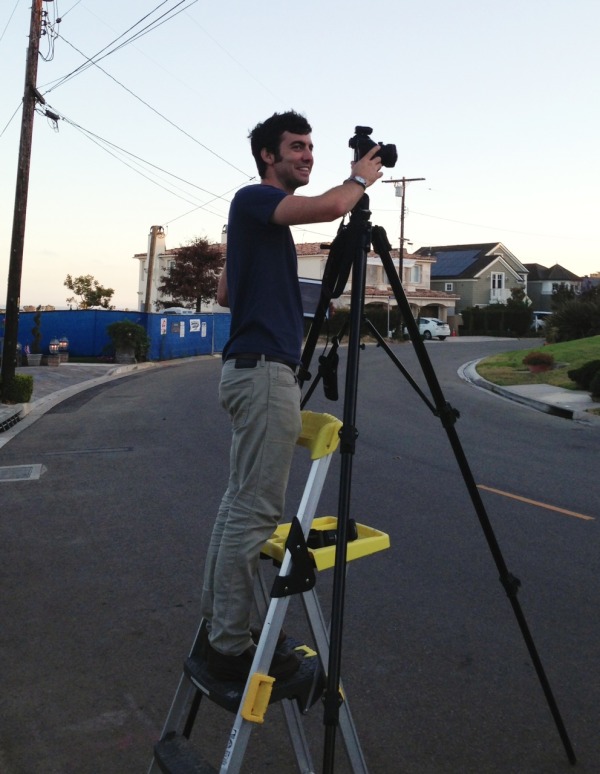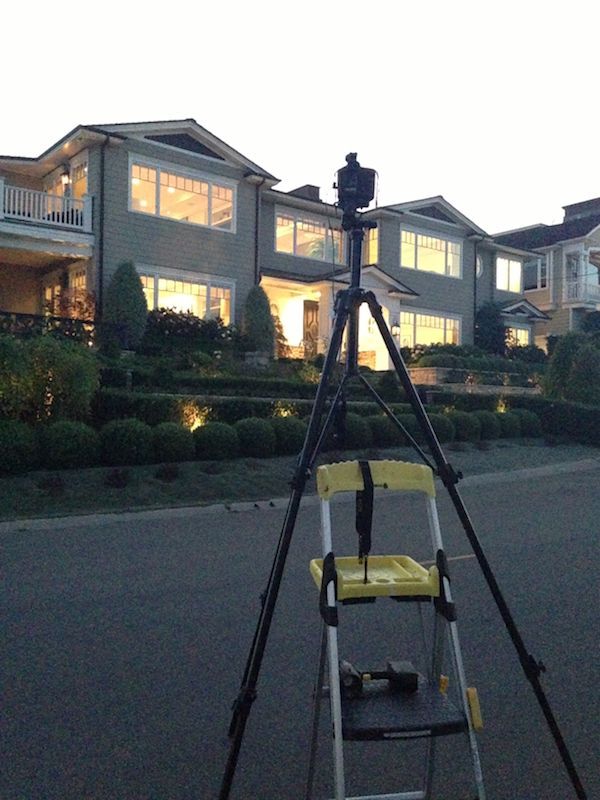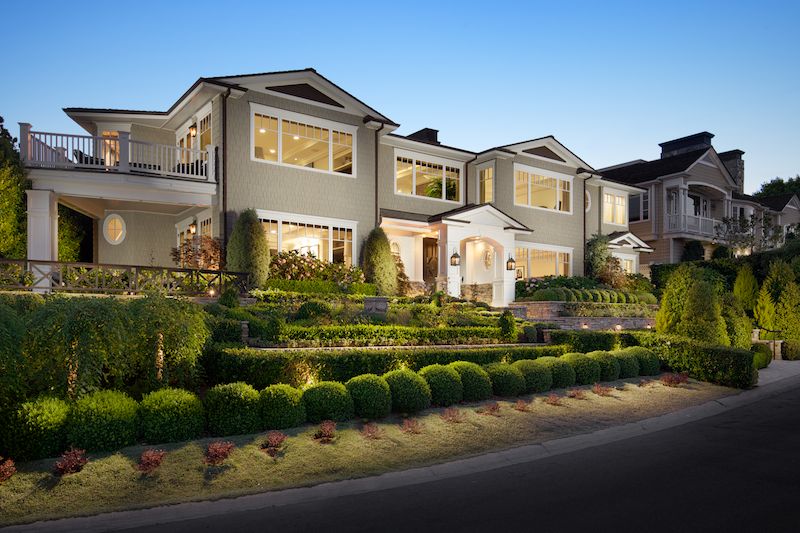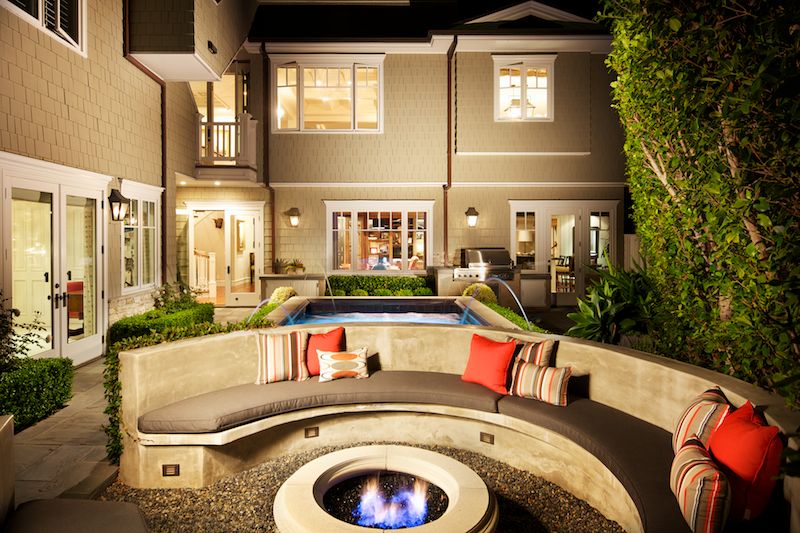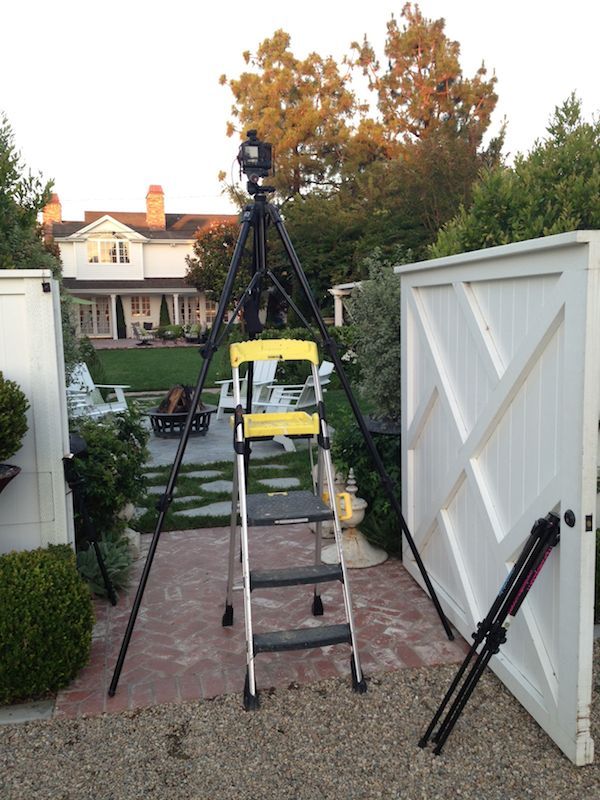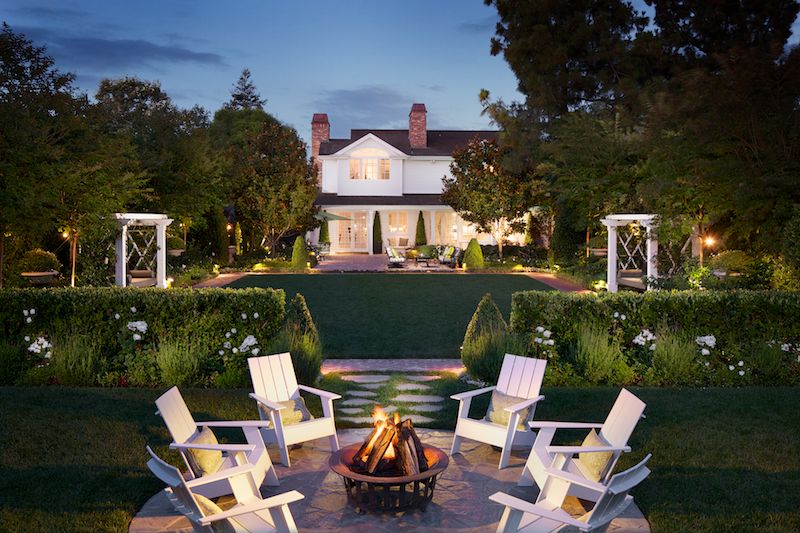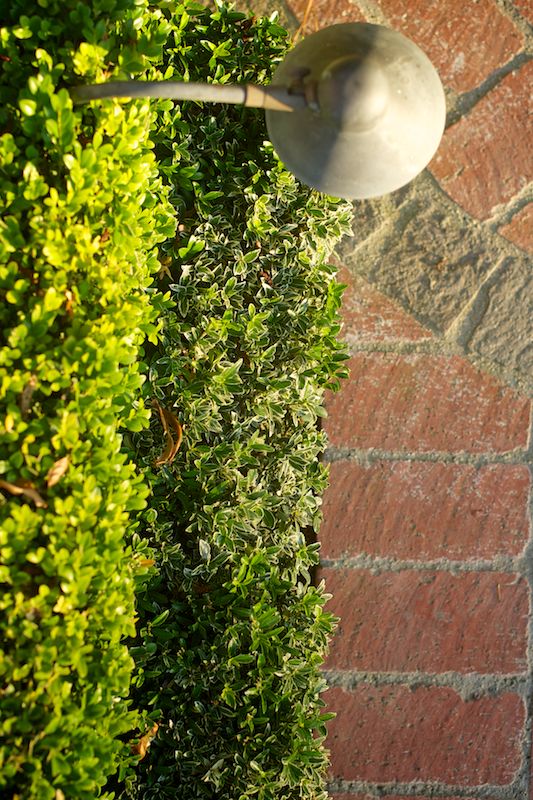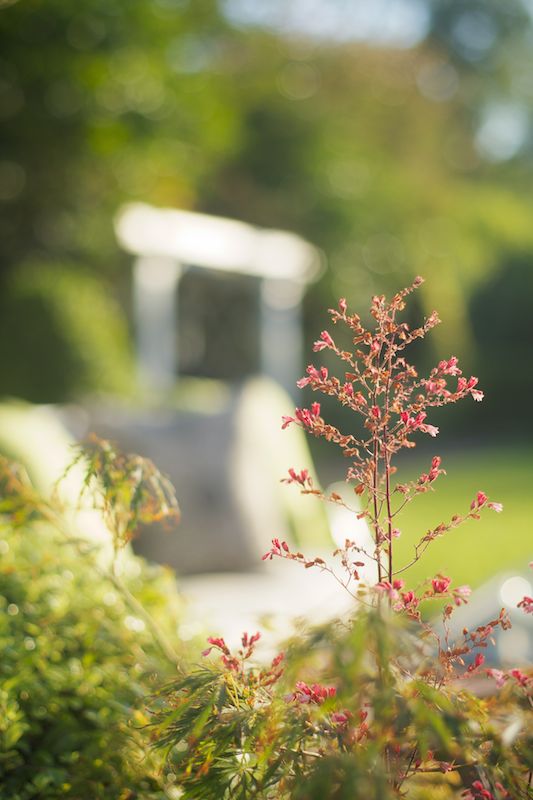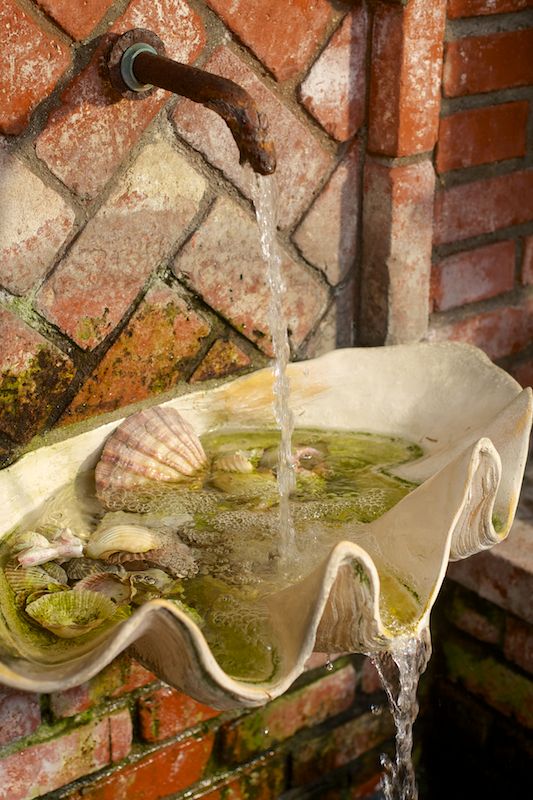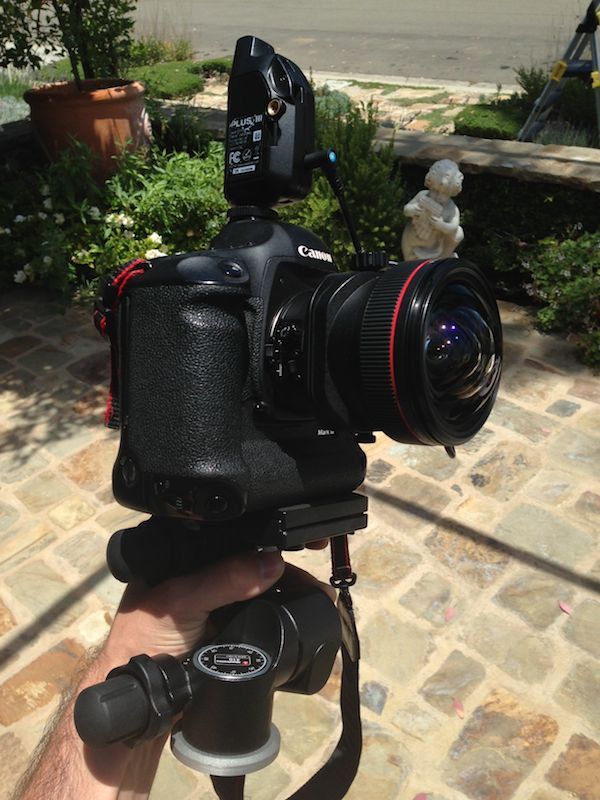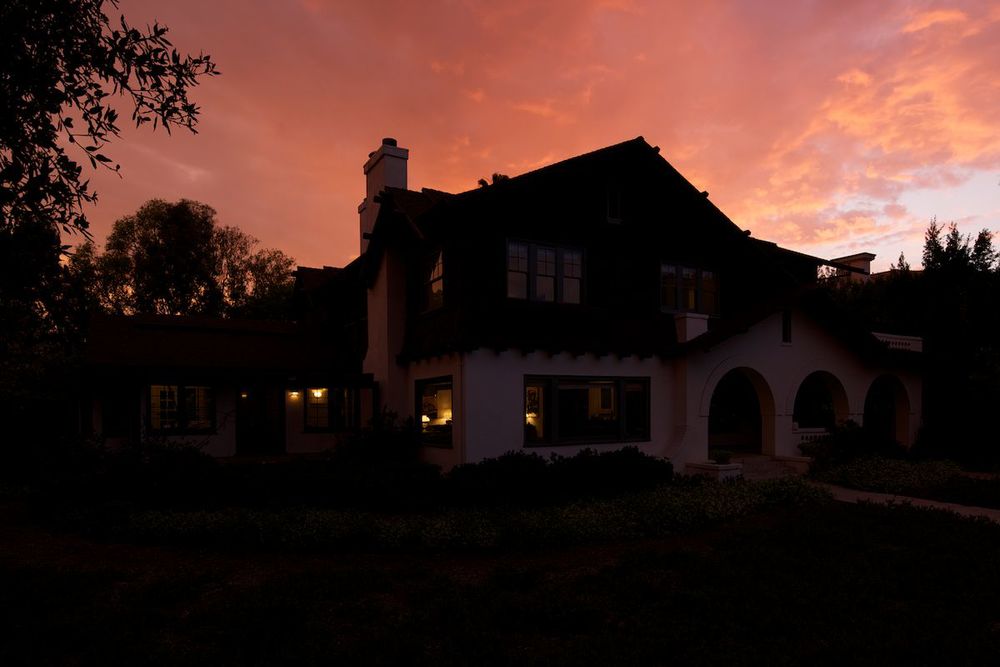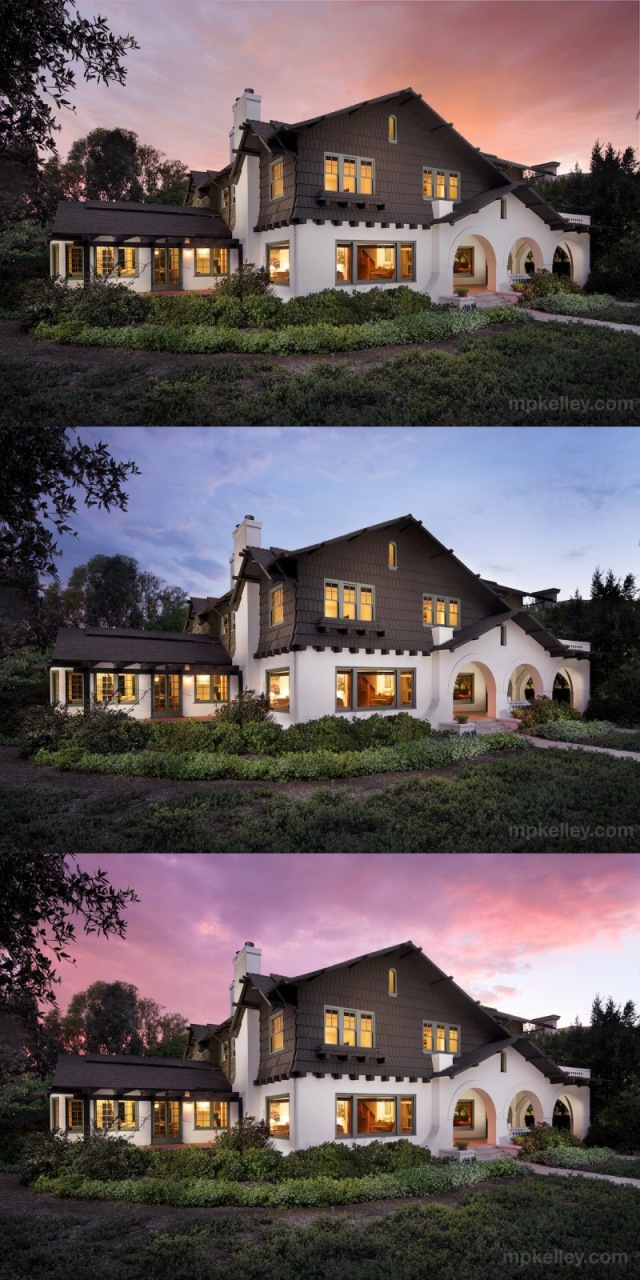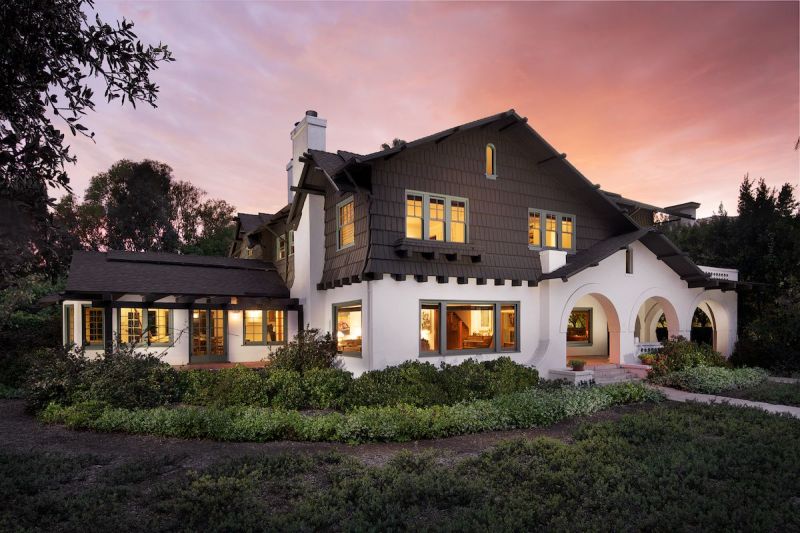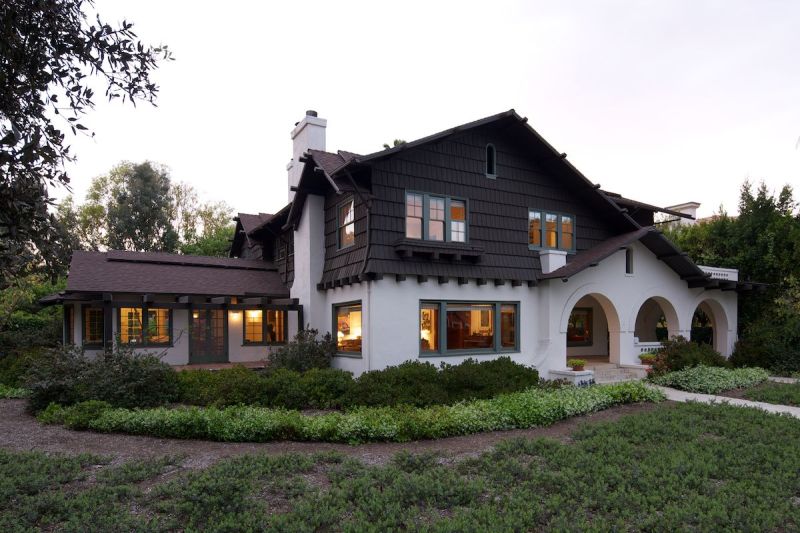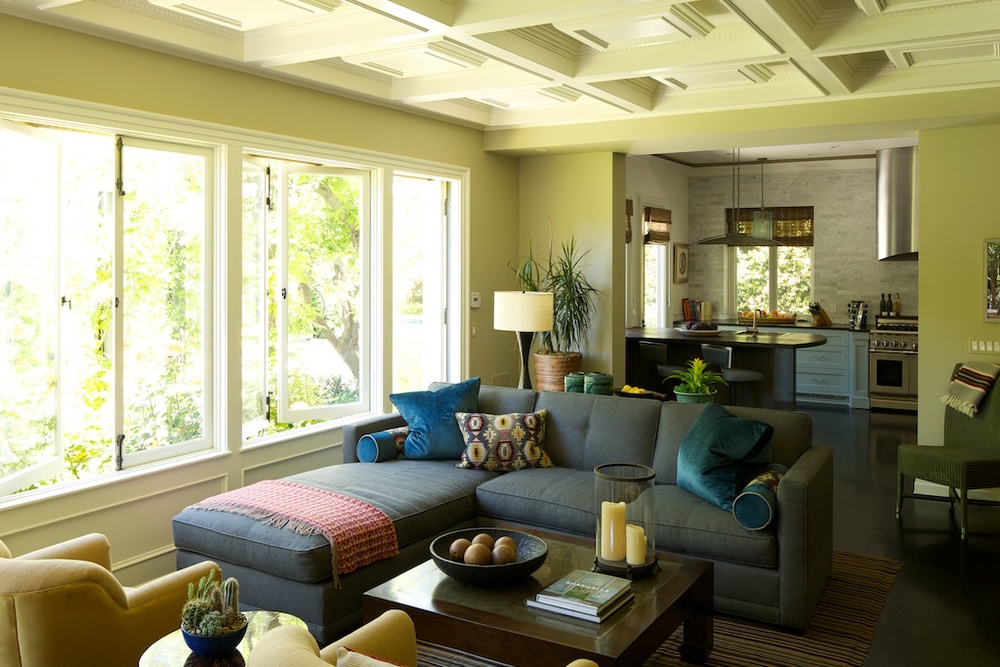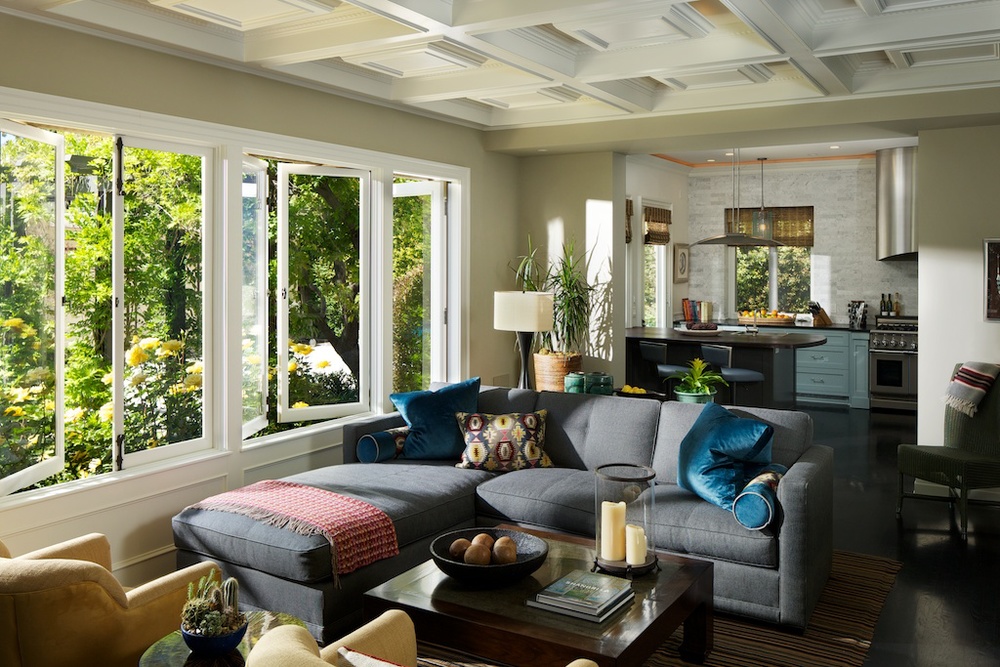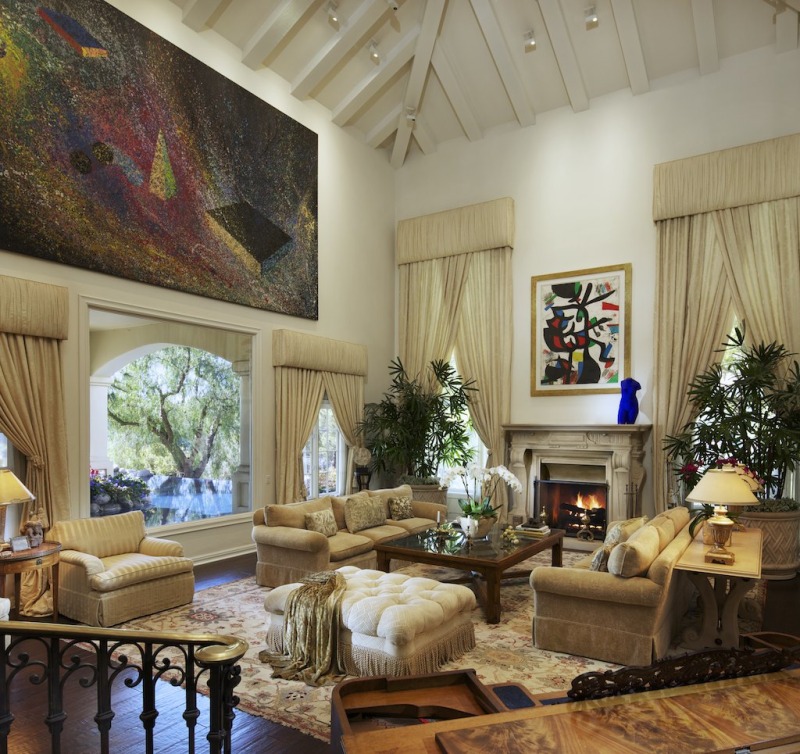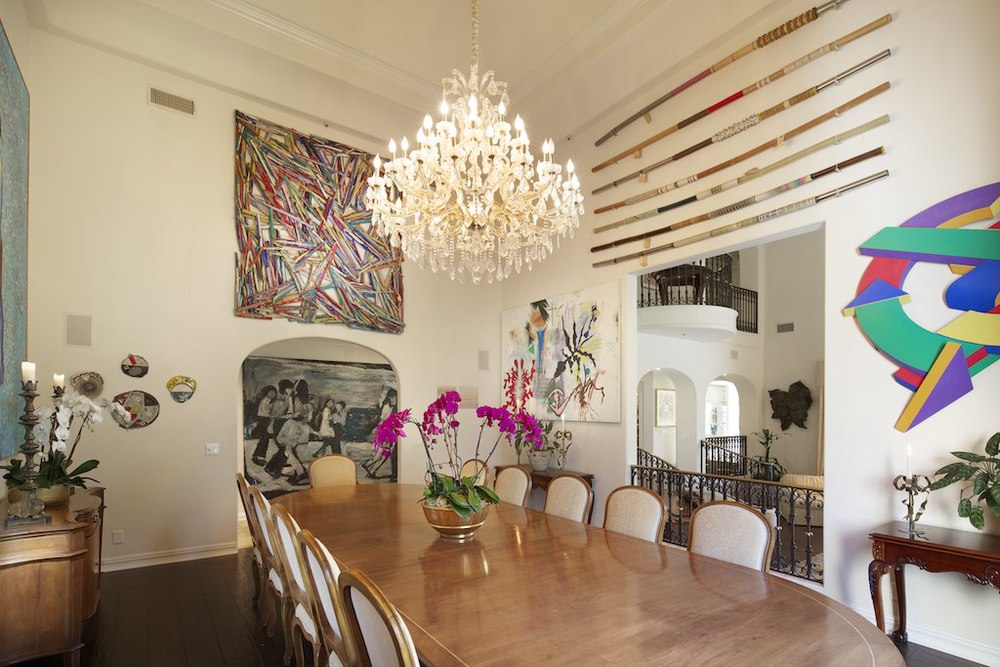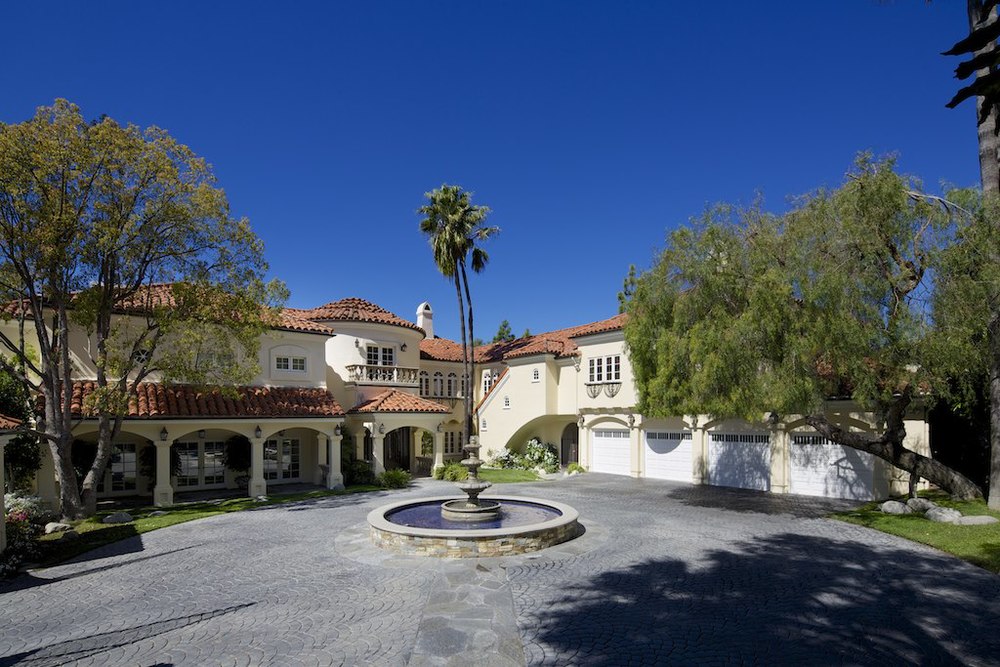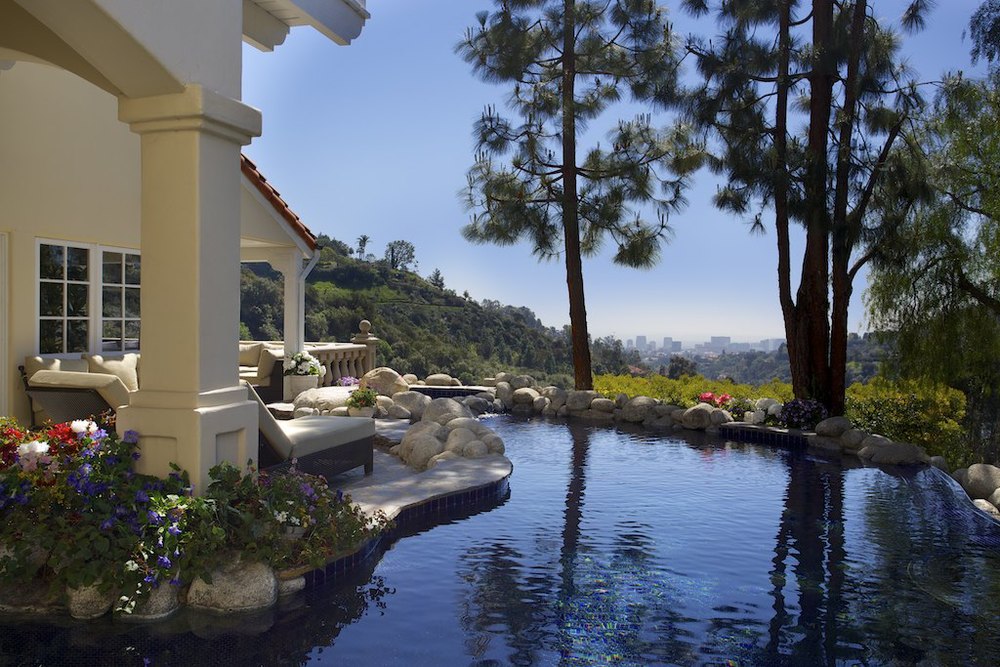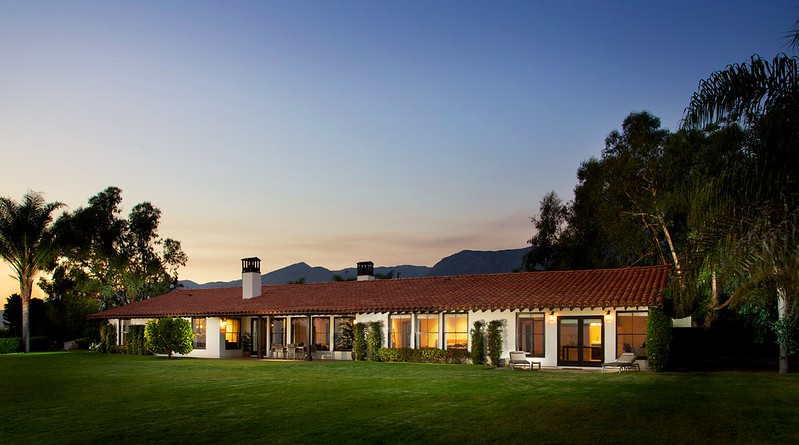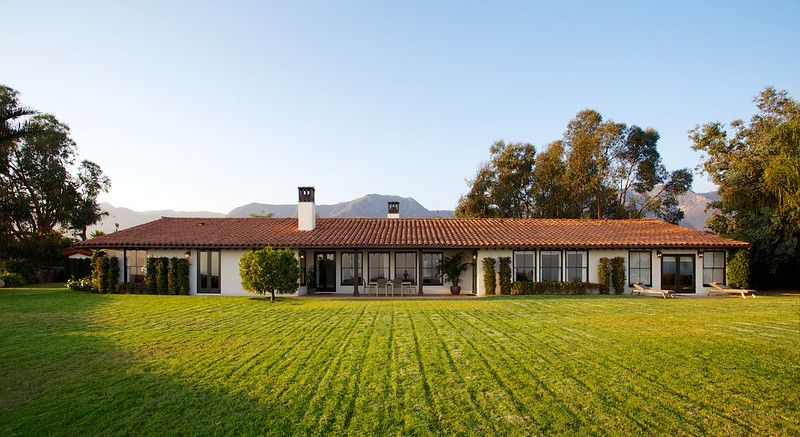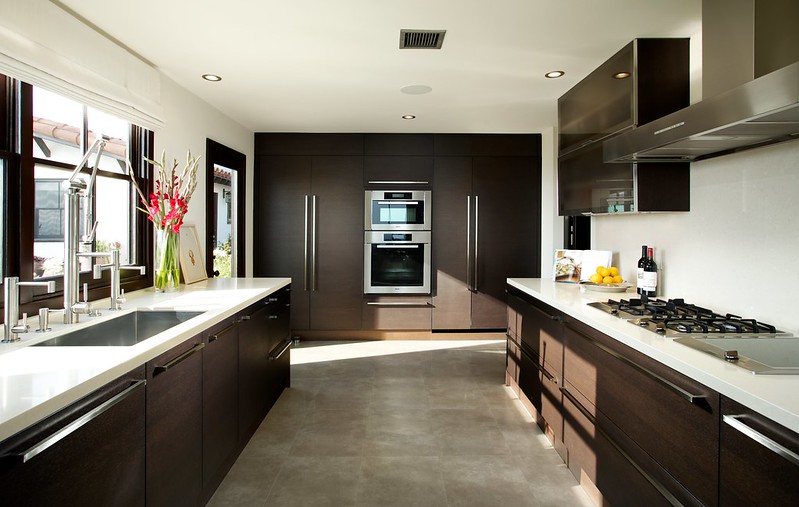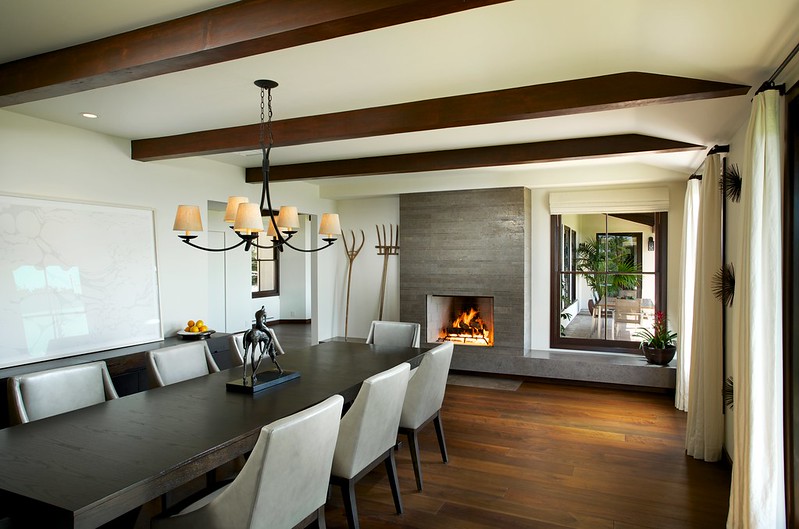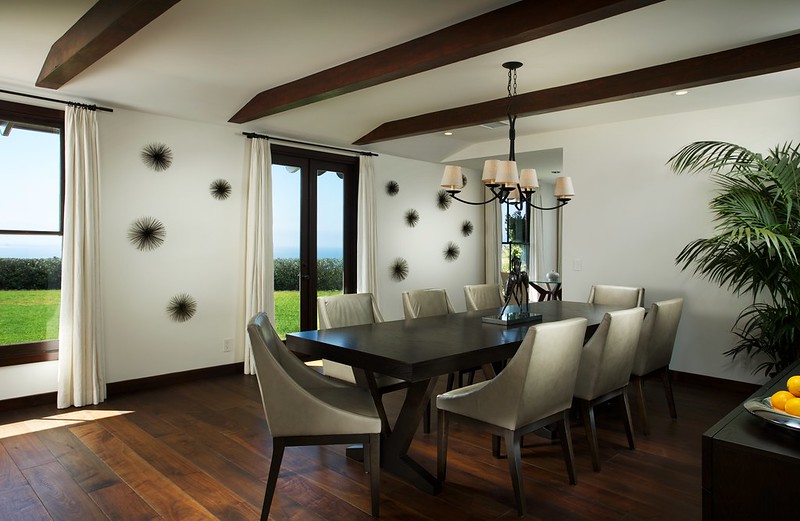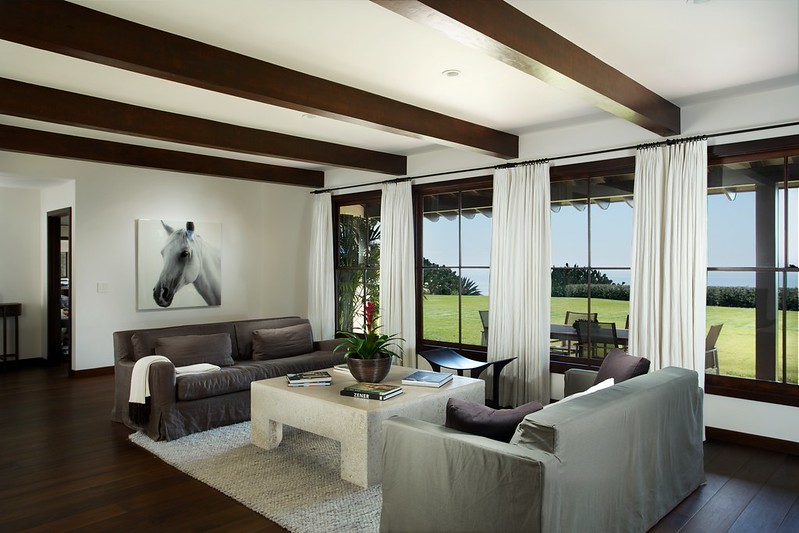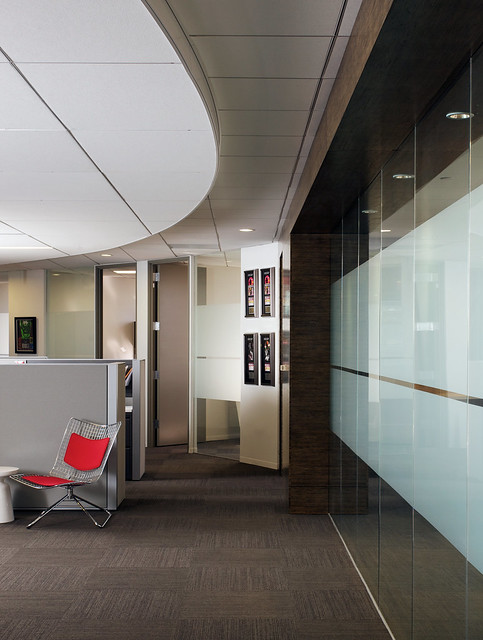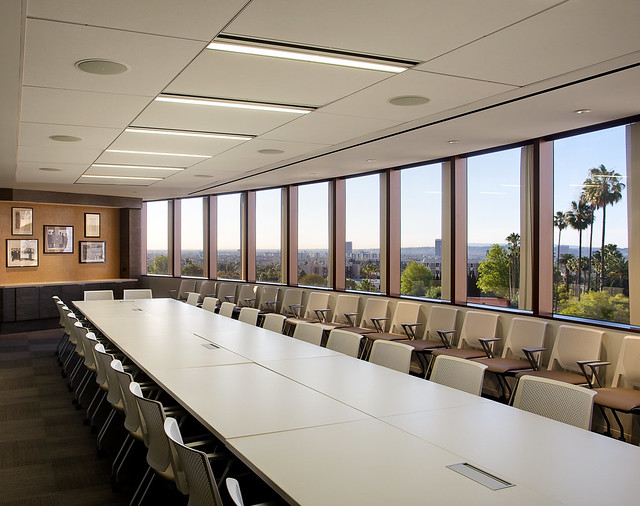I just spent about 16 hours shooting and putting this image together, and I've written a little blog post, below, detailing some background information and how I did it. While not specifically related to architectural photography, I still find it interesting enough to write and post about, so you'll have to tolerate the tangent this week.
PurePhoto, who sells all of my fine art works, has graciously agreed to offer prints of the shot in 18x36", 27x48", and 36x64" sizes on Hahnemuhle archival fine art paper. I have to say, the shot is truly stunning in large format and anyone who appreciates aviation, infrastructure, travel or imagination could easily spend countless hours getting lost in it. To order prints and view availability, click hereor head to my galleries on PurePhoto.
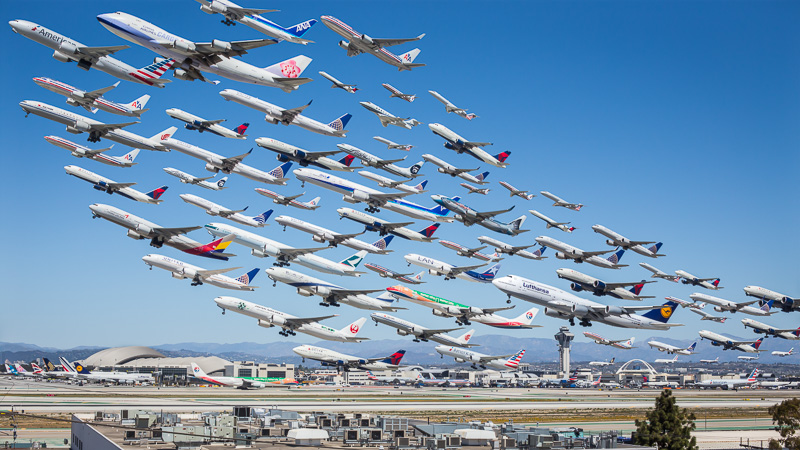
Los Angeles is a city steeped in aviation history and technology. Over the years, Los Angeles and Southern California have played host to some of the largest aviation companies and activities the world has ever seen. From designing and building Lockheed's top-secret reconnaissance planes to building some of the first large-scale passenger aircraft and having Maverick buzz the tower only a shrot drive south at Mirarmar, aviation is everywhere in this region. Our main airport, Los Angeles International (LAX) is one of the busiest airports in the world and countless airlines use it as a focus city for both international and domestic operations.
The idea for this photo wasn't some grand thing years in the making, or planned over months. It was simply a clear day in LA and I felt like a total dork sitting inside on the computer. I had to do something. The day before, I was with my friend David Huff at LAX for lunch and some plane-watching, but the smog was out in force so nothing too special happened in terms of photography that day. Since I am generally interested in making photographs that aren't just snapshots of a single moment, I had a thought that it would be interesting if I could seem to capture more than one plane in flight at once. And from there, this idea was born.
This has been done before, yet slightly differently. Ho-Yeol Ryu created a similar piece set at Hannover airport. This showed that what I wanted to do could be done, albeit quite differently. Ryu used planes of all liveries and countries, and took a bit more of an artistic approach in his rendering. My intent was to capture only planes that flew out of LAX - highlighting and emphasizing what an incredible airport that this city has. It's really fascinating to look at all the planes heading in different directions, ferrying people all over the world, all originating from Los Angeles. In this shot alone, there are planes heading to destinations on six continents - either direct or via multi-stop routes on the same flight number. Guangzhou, Auckland, Frankfurt.
In order to capture the shot, I set up a tripod and photographed every single plane that flew across my frame anywhere from 3 to 10 times. Using sandbags to ensure that the camera didn't move and coming as close to peeing myself as I ever have in my 26 years of existence from not wanting to leave my camera unattended, this resulted in over 400 images from which the composition is built, but not all of them were used. Here are a few of the individual, completely unedited, frames that I used to put the entire thing together, so you can get an idea of how many different frames it took!
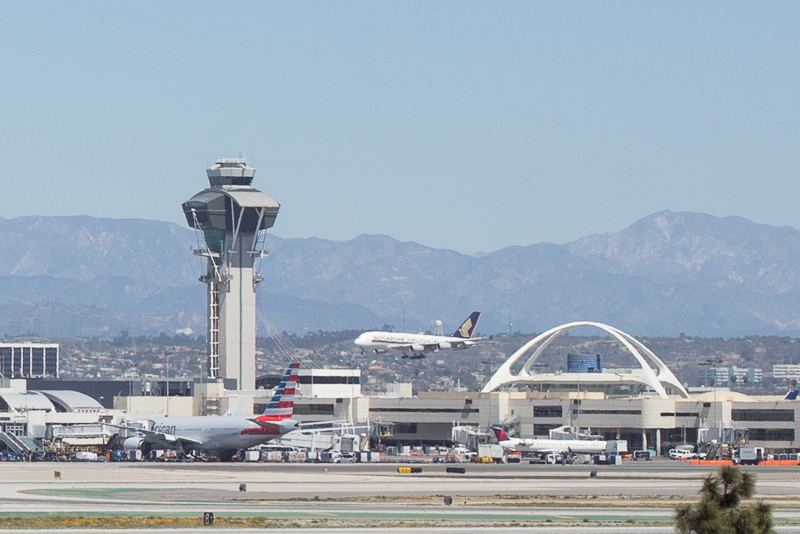
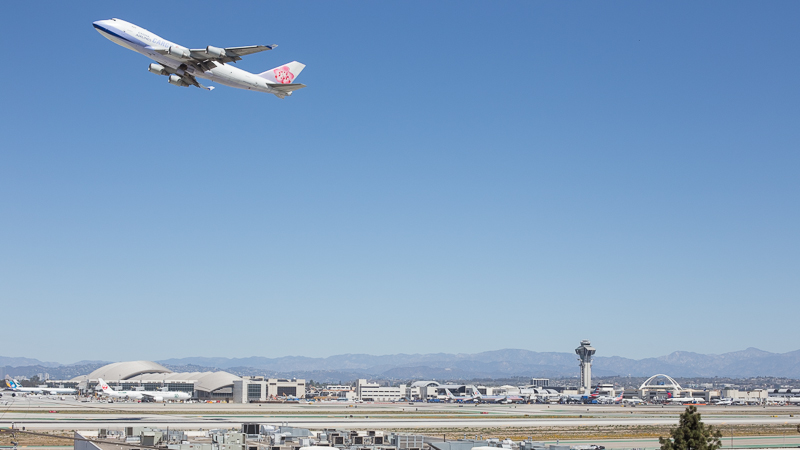
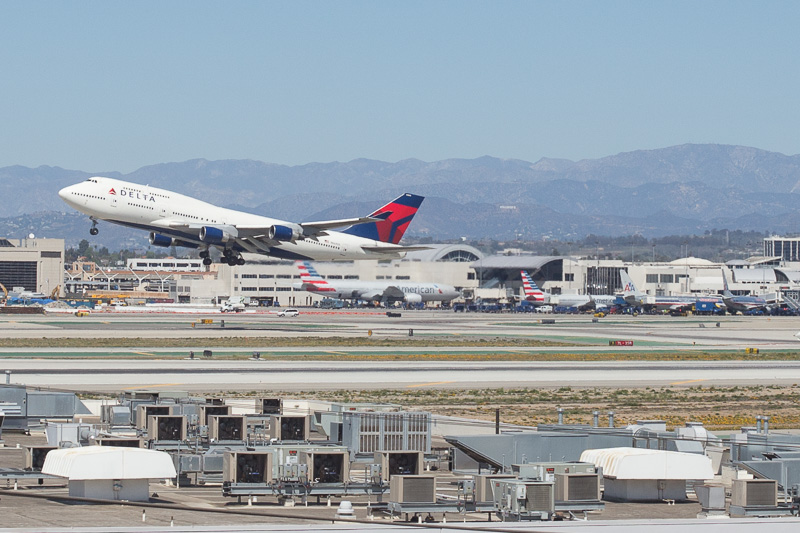
As you can see there were a number of issues to contend with. Heat haze, the changing angle of the sun, and other traffic on the ramp all had to be mitigated. The best way I found to do this was using masks and selections in photoshop to isolate every single plane in the final image and then piece them all together one by one, nudging them slightly so that they all lined up. I took some liberties with the positioning of each of the planes in order to make a more compositionally interesting photo. True aviation geeks may say this is sacrilegious, but it makes for a more interesting and easy to view shot. Everything is still somewhat accurate in terms of pitch angle and takeoff sequences, but like I said, in order to make it 'read,' I had to take some liberties.
And that's how it was done! PurePhoto, who sells all of my fine art works, has graciously agreed to offer prints of the shot in 18x36", 27x48", and 36x64" sizes on Hahnemuhle archival fine art paper. I have to say, the shot is truly stunning in large format and anyone who appreciates aviation, infrastructure, travel or imagination could easily spend countless hours getting lost in it. To order prints and view availability, click here or head to my galleries on PurePhoto.
Still with me? Here's an interesting aside. At the time of writing this post, this image has received over 350,000 unique hits on reddit, totalling over 110gb in bandwidth. This makes it the most popular aviation-related in image in reddit history! Not bad, for a nerd like me.

